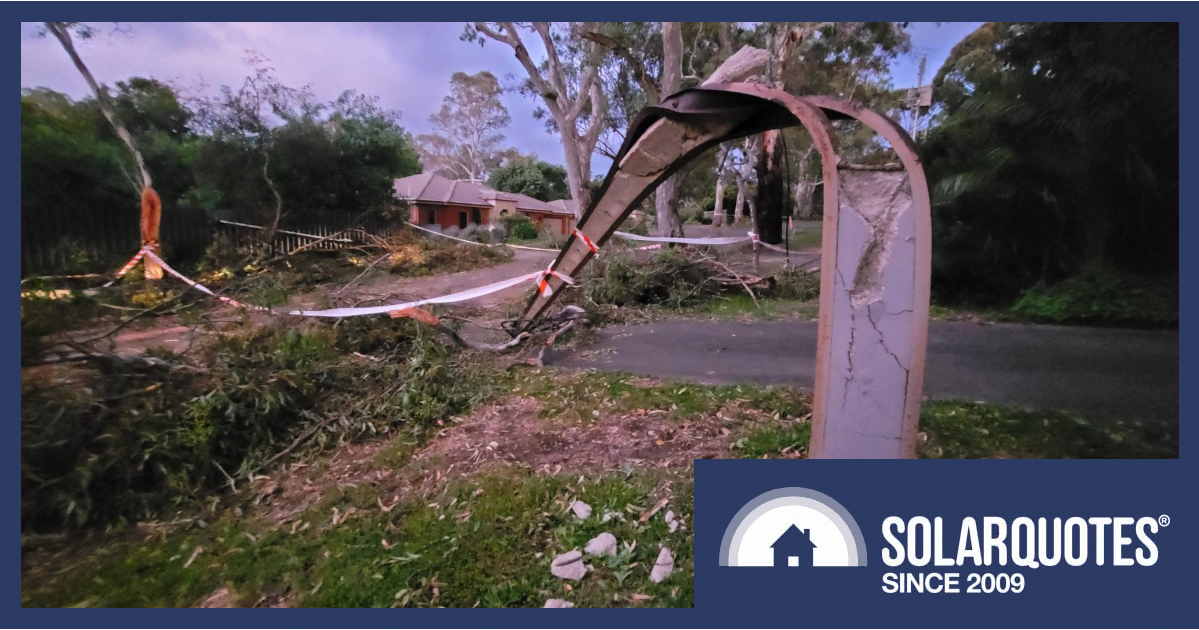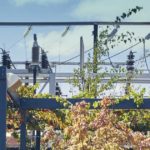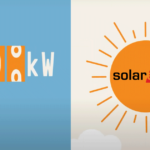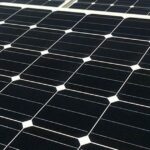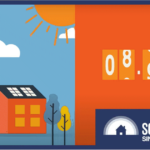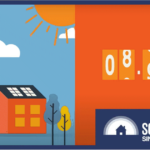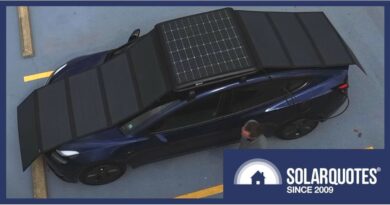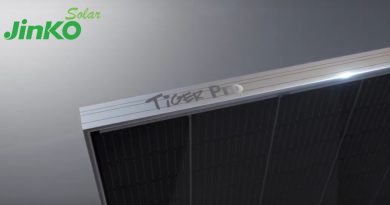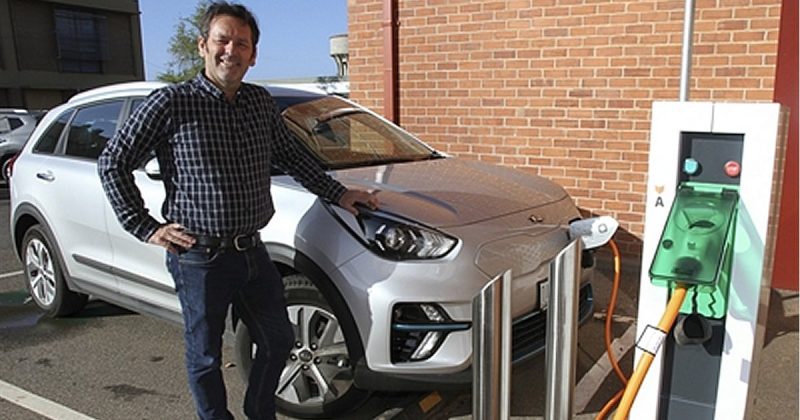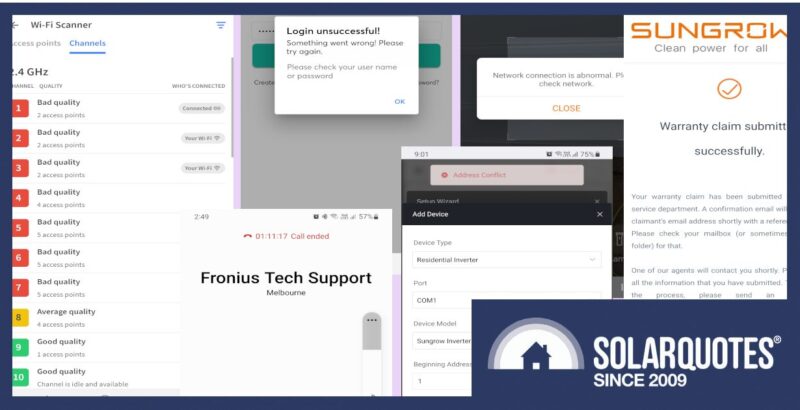South Australia Proves You Can Go Off-Grid With A Million People
In November 2022, South Australia experienced a ferocious storm that decoupled us from the rest of the electricity grid and felled many local power lines. Functioning as an island, we couldn’t export to the bigger national network, so without that safety valve, SA Power Networks (SAPN) was obliged to pull out all the stops to maintain stability.
They used a pretty blunt instrument. By running the network controls at some substations up to 260 volts, all the solar systems (properly) installed since 2015 tripped off in those areas.
Despite breaking national electricity rules around maximum supply voltage, the blunt instrument worked well. SAPN broke a few eggs to ensure we could all still cook omelettes. I’d argue that’s much better than giving the noisy regressives any reason to clutch their pearls about rolling blackouts1.
I remember when troglodytes claimed more than 5 or 10% renewables would cause the wires to melt and the sky to fall.
In reality, SA has generated over 70% variable renewable energy for 12 months, and the lights are still on. Unfortunately, good news doesn’t sell copies of The Awfultiser.
Australia Learned From SA’s 2016 Big Blackout
In retrospect, the 2016 system black was probably a blessing. The electricity industry has learnt a great deal. Large-scale generators updated their procedures to be more resilient, and small-scale generators benefited from resulting updates to the Australian Standard for solar inverters: AS 4777.2. That standard was updated in 2020 along with SAPN connection requirements to make our renewables-heavy grid more robust.
While the spot market is bought and sold in 5-minute intervals, grid electricity cycles 50 times per second. It must be kept stable from one fraction of a second to the next. Traditionally this has been done by running the generators, literal tons of metal, in large steam-powered plants at 3000 revolutions per minute.
The inertia in these machines provides what the industry calls Frequency Control And Ancilliary Services (FCAS). This system inertia holds frequency within a couple of points of 50 Hz. This is important to keep the pump in your coffee machine happy and make the clock on your oven hold time.
Synchronous Condensers Installed
The modern grid in SA now has these tons of metal in smaller lump. Some are conventional generators like those at Pelican Point Power Station, but the most recent are four synchronous condensers (AKA syncons) installed at three different points on the network. Now they’re installed, AEMO allows the system to run with just 80 MW of conventional gas-fired inertia, (down from 300 MW). Wind farms and big batteries are now permitted to enter the FCAS market too.
When the 2016 system black occurred, wind was doing half the work, and the Heywood interconnect from Victoria was doing another 30%.
As the towers fell and lines short-circuited, the disturbances caused wind farms to disconnect. Their settings were too fussy, and they jumped off to protect themselves, leaving the network no option but to overload the interconnector, which threw the towel in 7 seconds later. Our gas generation fleet was perfectly capable, but they were mainly stone cold, offline or out for maintenance.
In one case, the newest gas generator was mothballed, and the gas contracts sold off. AEMO had taken their eye off the ball, and the benign hand of the free market had failed.
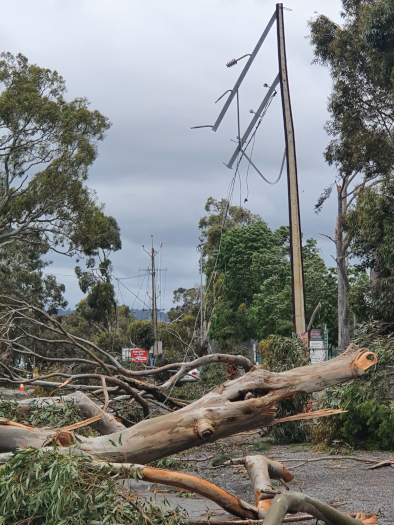
November 2022, and no network on earth will withstand this sort of onslaught. SAPN are reminding people that you need to stay at least 10 metres from fallen power lines and always assume they’re live.
So, the settings have been changed, and now wind and solar power are obliged to hang on longer and generally be more flexible in emergencies. They will ride through disturbances and recover wherever possible, something a battery-backed inverter is the best at. Tons of spinning metal just isn’t as fast and accurate.
New Solar Inverter Standards For A New Grid
Since forever, the grid has worked as a hub and spoke network. The big thermal plants in the middle spinning power out to the extremities with fairly predictable losses cascading down through the whole system.
Now that we have democratised electricity, with millions of little solar generators pushing back from the bottom, there can be times when there’s too much energy. Left unchecked, the voltage and frequency would climb, driving the generators into overspeed and blowing up other things along the way.
The Smarter Solution: Dynamic Export Control
To combat this, SAPN has launched new requirements for new connections so they can, (via third-party agents and an internet connection) assume control in limited circumstances. Initially, this is a matter of putting out what I call the bat signal, a notice which causes large solar farms and many smaller systems to shut down or limit output to zero export.
The next step will be dynamic control, where your solar export limit will be higher (up to 10 kW) but dynamically throttled by the network when necessary. Dynamic exports have been successfully trialled, with broad adoption starting in July 2023.
Forced Shutdowns Via High Voltages Still Required
Although all new rooftop solar systems will have the necessary controls to switch off in grid emergencies, we’ll still need the aforementioned blunt instrument of forced local voltage rises for the foreseeable future – to deal with all the systems installed between 2015 (when the voltage-cut-off standard became law) and now.
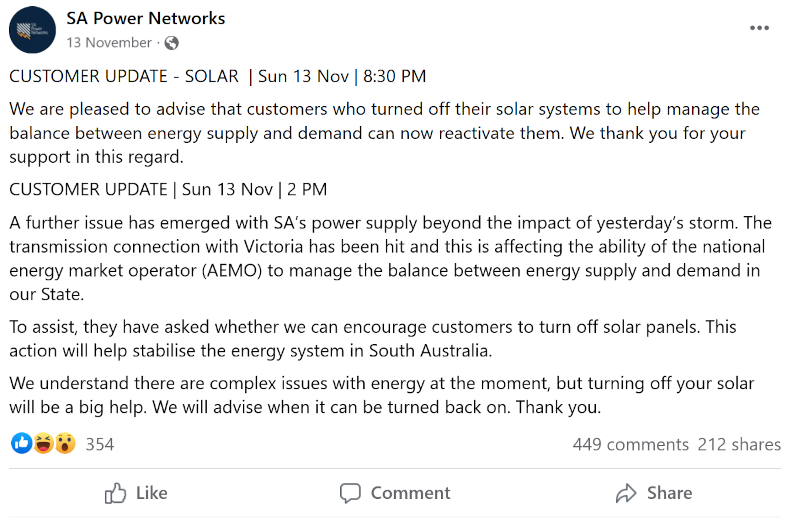
Have you tried switching it off and back on again?
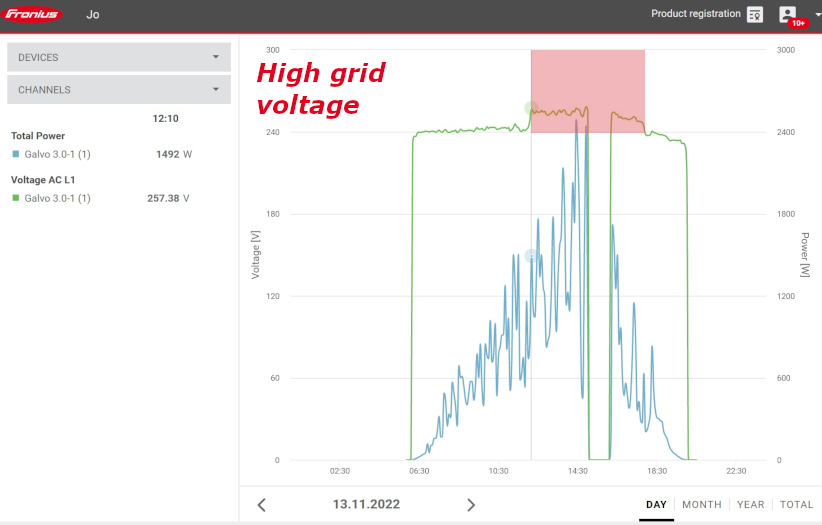
Proper solar monitoring can show what really happened to this residential system. The green line shows SAPN upping the grid voltage suddenly at midday. 15volts is a pretty significant boost and by 3 pm it’s hit 258 volts and this 3kW Fronius has had enough. It takes a siesta until 4:15 pm.
By kicking lots of solar systems off the network, there is a compound effect. Getting rid of the excess generation means they can simply burn gas in conventional plants, which offer conventional control (plus conventional gas profits too no doubt?). The secondary benefit is it creates more load because solar customers become consumers again.
Now, this rubs some people up the wrong way, but it’s a measure of the idea that we’re all in this together. Solar customers take a small hit, voluntarily in many cases, to help keep the lights on for everyone.
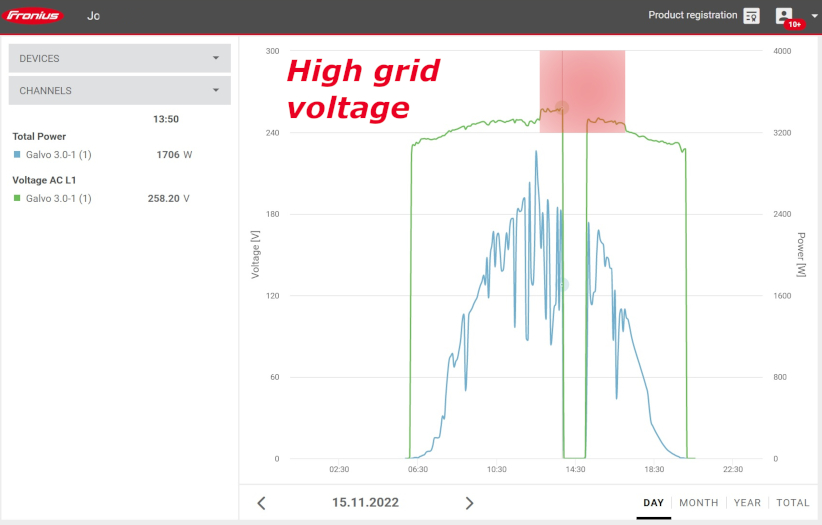
Two days later, we have another example. This might vary by locality, but at Lewiston the same thing happens. SAPN voltage boosted from 12:45 to 5 pm, during which time the solar power system cuts out for a little over an hour.
How To Insulate Yourself From Forced Solar Switch-Offs
If you spend a good deal of money on a very particular off-grid style solar and battery system, you can island yourself from the network and continue to run on your own solar.
I recommend the Selectronic SP Pro, but it’s an expensive way to assume full control. Most grid hybrid systems will not disconnect when the grid voltage goes too high: they’re programmed to stop generating and standby until either the grid disappears altogether, in which case they operate under “blackout protection mode” or resume operation once the utility supply returns back to normal.
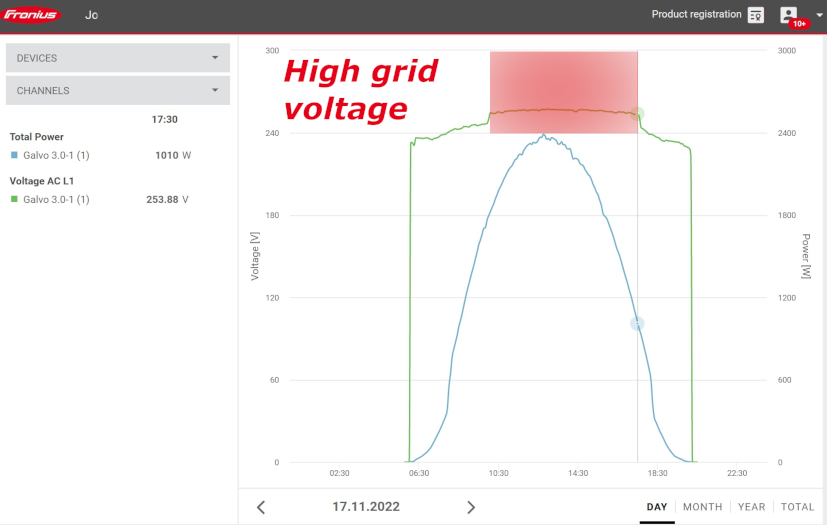
An almost perfect solar bell curve in blue, but this time the rise in voltage from 10 am to 5:30 pm hasn’t been enough to trip the inverter, which uses older AS4777.2015 settings.
New Solar Standards Good, But Could Be Better.
The new solar standards have had interesting effects. The more onerous compliance issues have begun to drive some of the blowflies out of the solar industry, which can only be a good thing. Customer WiFi connectivity and commissioning issues have become the bane of many electricians’ existence, so the less able are just going back to ceiling fans and air conditioners.
Personally, I think there could be improvements to make the data connections we are now relying on more robust and easier to install. For example, Victoria uses meshed networks of smart meters that even include street lights. It’s not much of a leap to realise solar and electric car charging need to be managed, maybe air conditioning and pool pumps too.
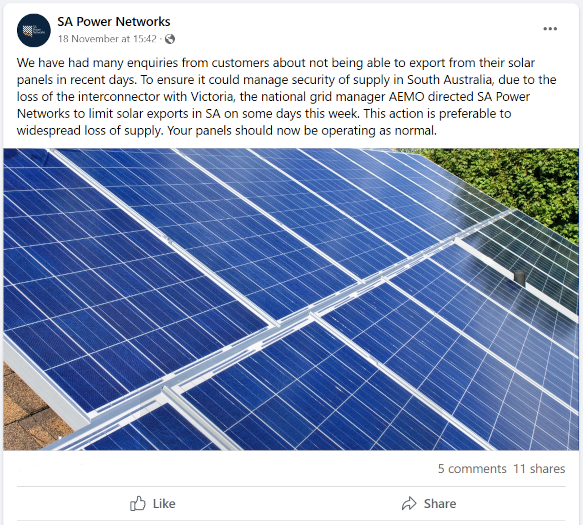
This is how SAPN summed it up for the punters.
It is great to see that the system has worked despite some enormous challenges. South Australia is arguably at the bleeding edge of the world’s energy transition, running a gigawatt scale grid on ever larger shares of renewable energy for longer and longer periods. Things are genuinely looking up and what we need now is much more long-duration storage, and electrification of transport, which will reduce gas use further.
Legacy solar systems shutting down for a few hours per year after severe storms is a small price to pay. After all – whether it’s an individual house or an entire state – when you go off-grid, you have to make a few compromises until the grid connection comes back online2.
Footnotes
- Lots of people went without power for days – but that was due to downed power lines – nothing to do with renewables or rolling blackouts ↩
- Yes – if you spend enough money on your off-grid system, you can go off-grid without compromise. For the rest of us – we have to watch our power and energy use ↩
Original Source: https://www.solarquotes.com.au/blog/sa-off-grid-renewables/



